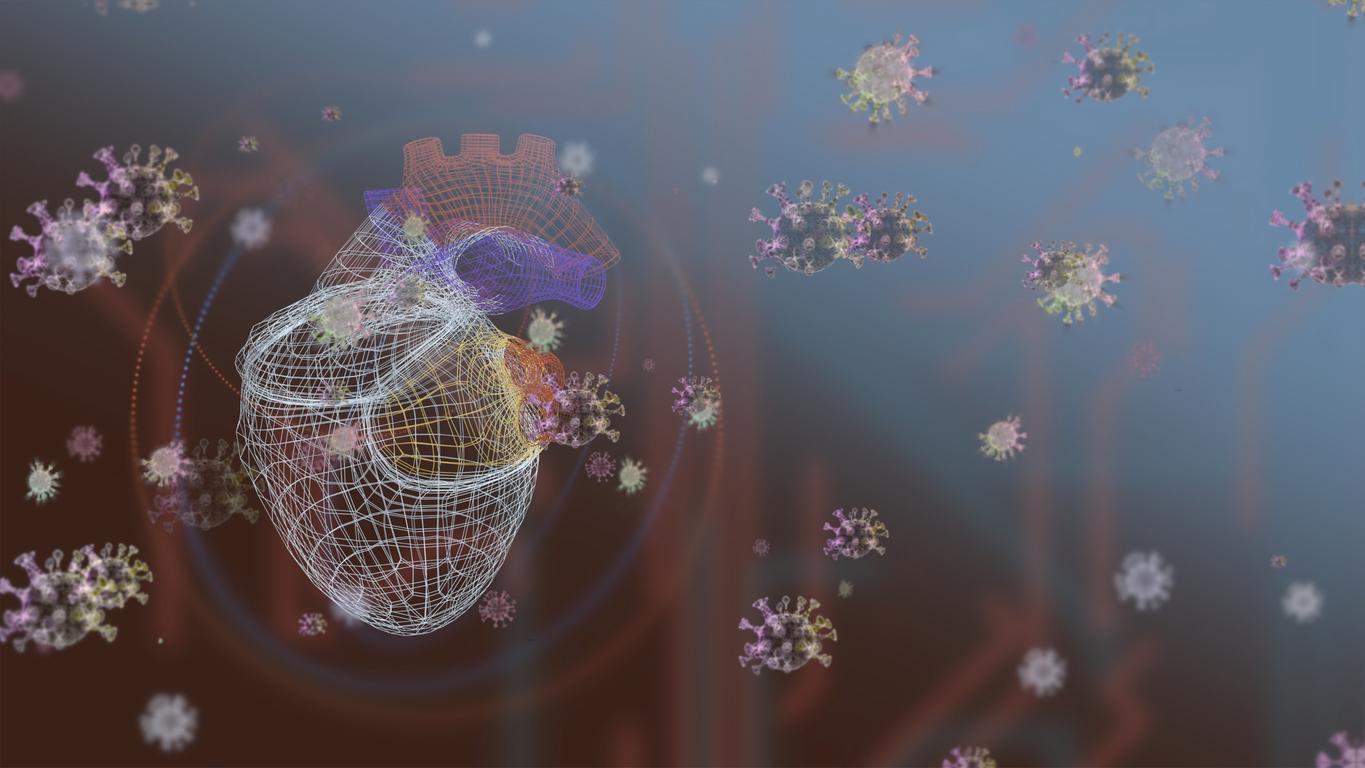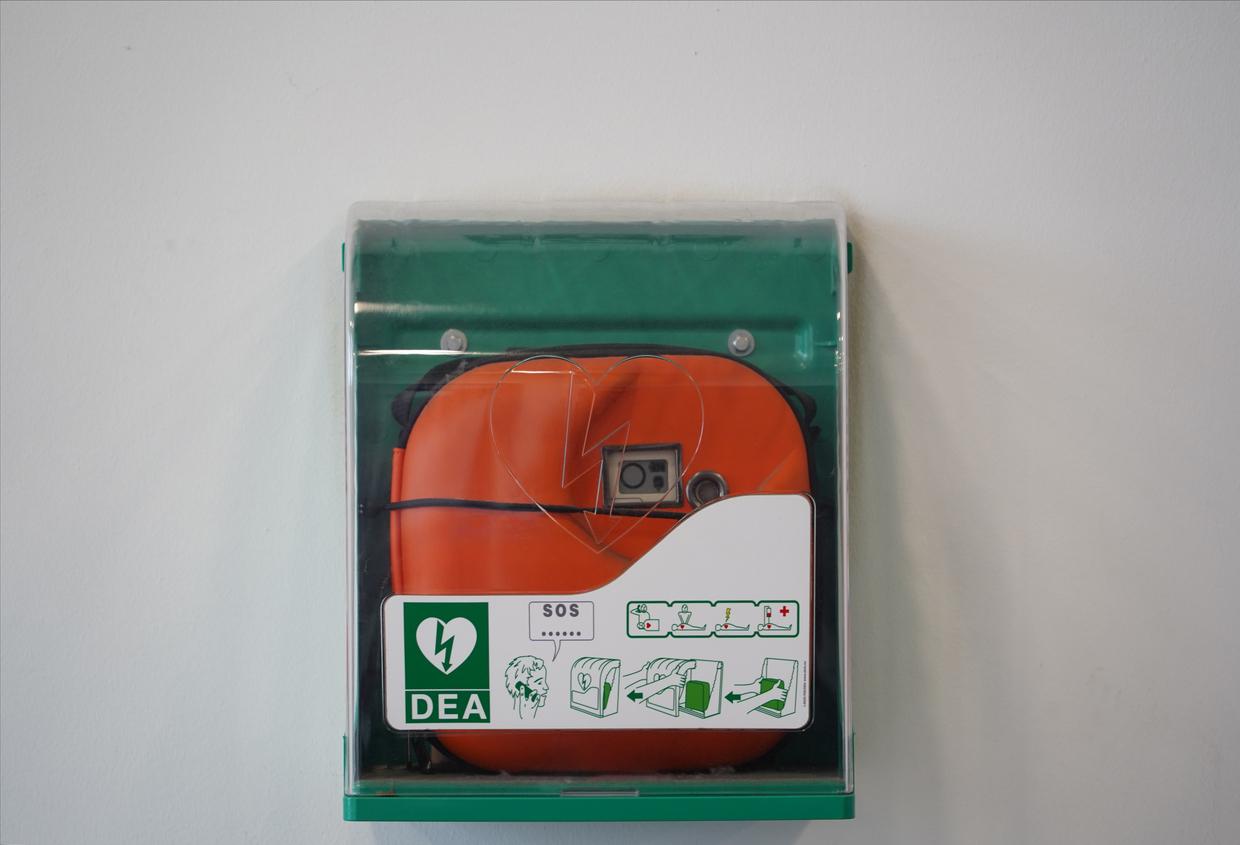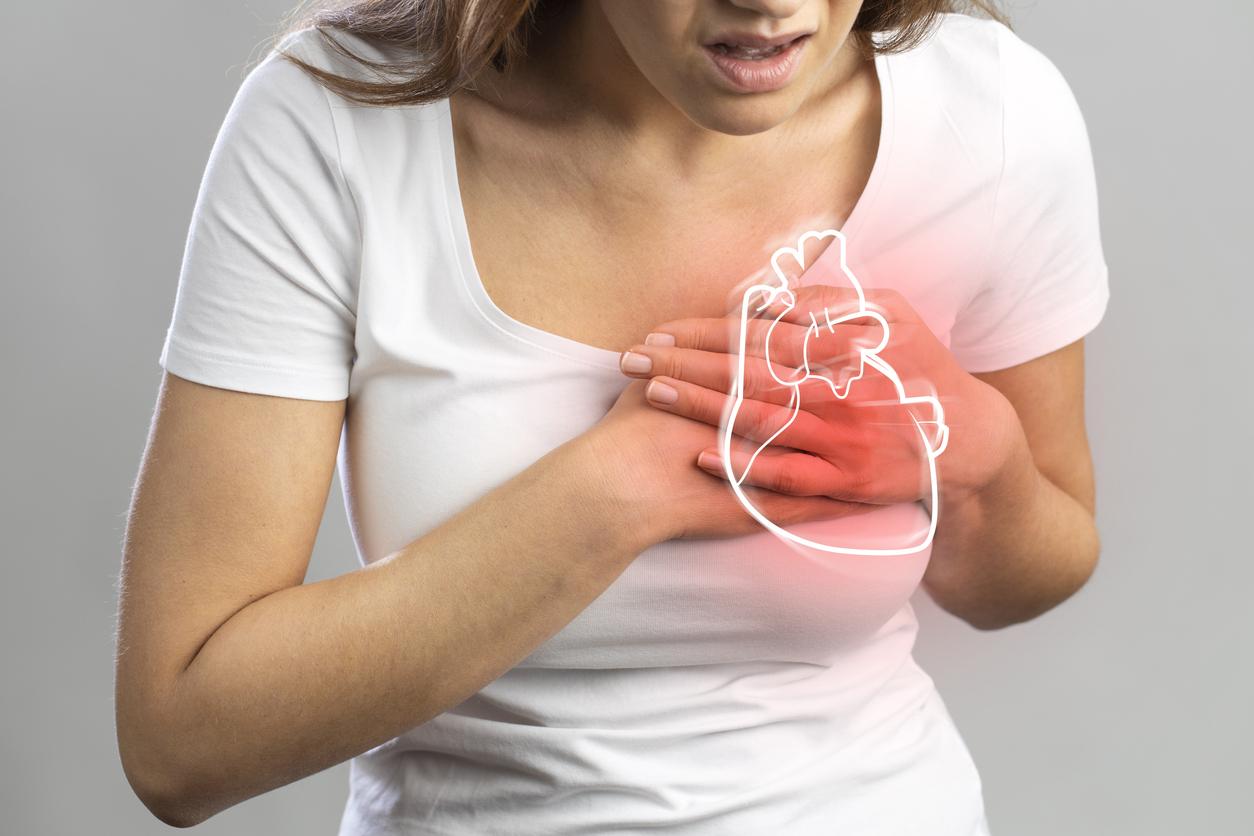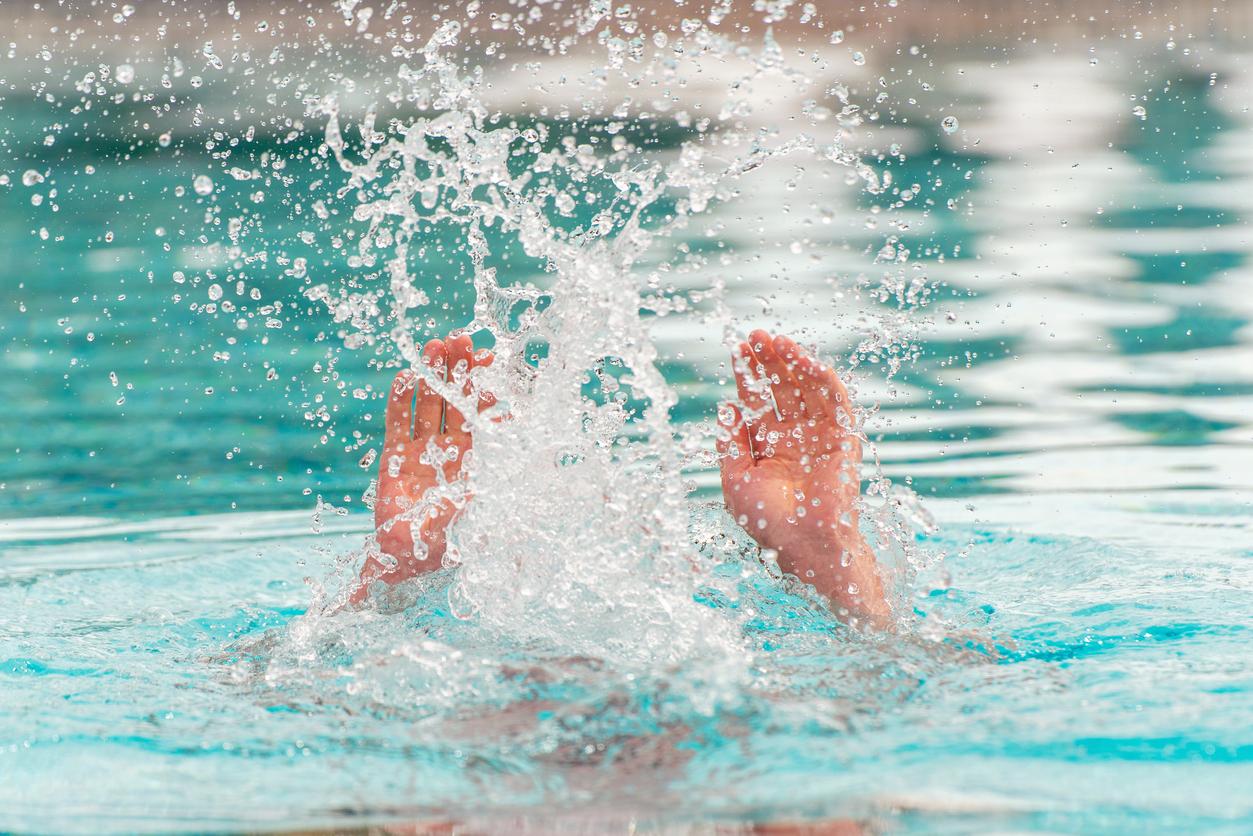Great inequalities in access to automatic defibrillator and first aid measures persist in France. A real bad luck for heart attack victims.
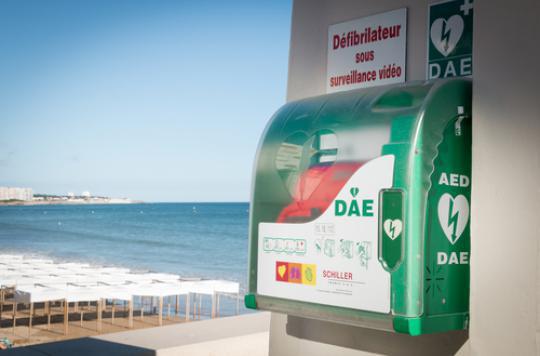
Sudden death in adults, also called sudden cardiac arrest, is responsible for more than 50,000 deaths per year in France. Thanks to automatic external defibrillators (AEDs) installed in cities, nearly 4,000 lives could be saved.
But these devices delivering an electric shock to restart the heart fail to reduce mortality because the public is not sufficiently trained in their use and in saving gestures, according to a French study presented this Sunday in Rome at the congress of the company European Cardiology.
“The survival rate from cardiac arrest outside the hospital is still extremely low. The first minutes are crucial, underlines Dr Nicola Karam, interventional cardiologist at the Georges Pompidou European Hospital (Paris) and author of the study.
To respond to this public health problem and raise public awareness, education programs on the use of AEDs by the public have been developed. However, according to this recent work carried out in 51 areas of France over 5 years, these initiatives are unevenly deployed in the country.
Parisian cardiologists have in fact discovered that the proportion of people trained in life-saving procedures varies from 6,955 to 36,636 per 100,000 inhabitants from one area to another. While the density of DAE fluctuates between 5 and 3,399 per 100,000 inhabitants over 1,000 km2.
“These differences are much larger than we thought,” says Dr. Karam. About a third of the areas studied have developed comprehensive programs (provision of devices and public awareness), while the remaining two-thirds have not invested enough in these initiatives or have focused only on one of the components. “.
A survival rate greater than 40%
In addition, the researchers highlighted the lack of correlation between the level of training at the national and local level, suggesting a lack of collaboration between decision-makers. “We could expect greater local investment in regions where national initiatives are not present, and vice versa. However, it is not the case. This once again underlines the absence of a concrete strategy for the development of an automated external defibrillation program by the public, ”deplores the specialist.
However, these devices have real efficiency. Survival rates vary from 0 to 43.8%. The regions best equipped with these devices and training have the best survival scores. In contrast, in areas where these public health programs are struggling, the chances of surviving a heart attack are very slim. And it turns out that it is especially in areas where the population is better educated that survival rates are high. “These results underline that the benefits of these programs are insufficient when the level of training for the general public is low, a key point for the implementation of health policies”, concludes the cardiologist.
.









